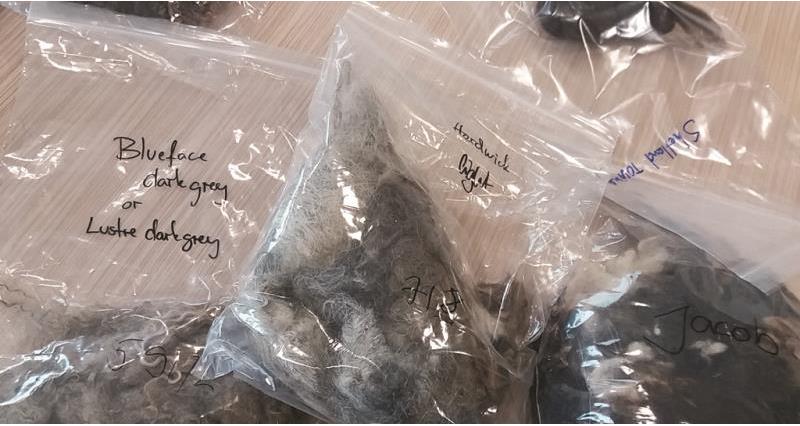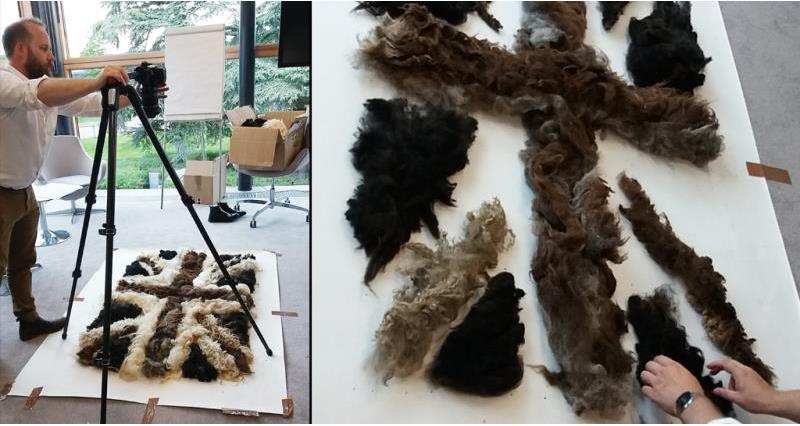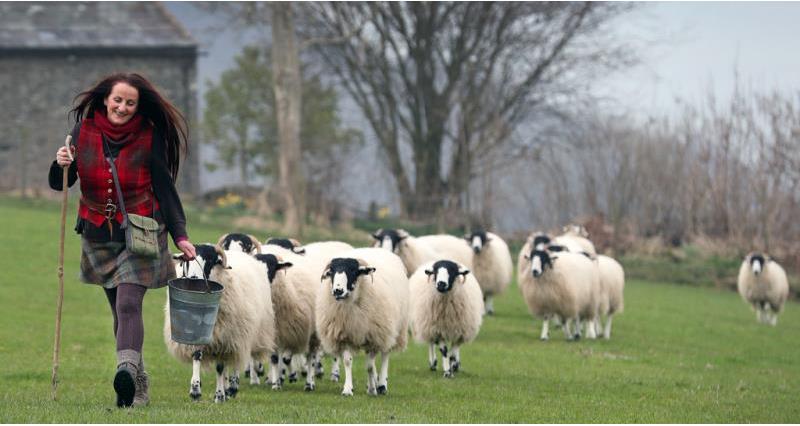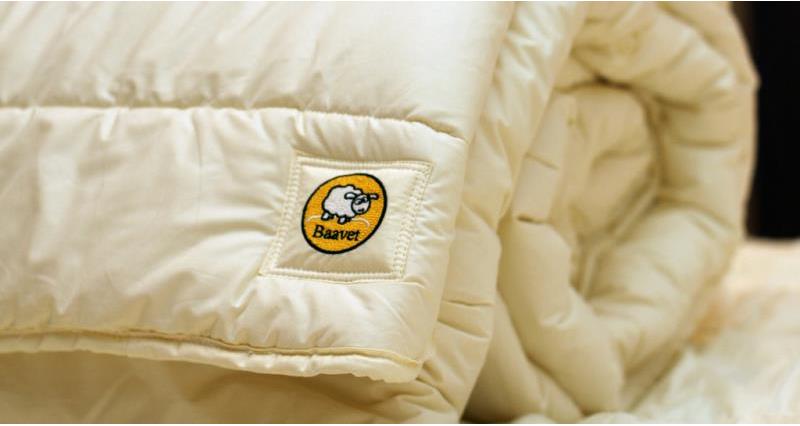The wonder of wool

IT ALL STARTS WITH A BLANK PIECE OF PAPER: And several bags of wool. For this very special front cover, we worked with Cumbrian Shepherdess Alison O’Neill and British Wool to showcase the stunning variety of our native sheep wool. Using Herdwick wool from the fells for the darker portions of the flag, combined with a selection of Shetland, Blueface Leicester, Mule, Derbyshire Gritstone and standard wool for the lighter parts to celebrate 'Wool Britannia'!

Wool Britannia!
The wool trade may have been around for centuries and be interwoven into many of our rural communities, but rarely has there been more innovation than there is today. From carpets and clothing, to compost and chairs, rural entrepreneurs are working with the natural qualities of wool to make a covetable array of consumer products and adding more value into the, sadly, low price of wool.
However, there's a determined breed of entrepreneurs championing this most versatile of fibres, as Lisa Gudge discovers:
The Shepherdess
Based on a traditional hill farm in the Yorkshire Dales National Park, The Shepherdess is Alison O’Neill, who turns fleece from Rough Fell, Swaledale and Herdwick native breeds into high-end tweed which she uses to make classically styled bags and clothing.
“When I started doing this, people kept telling me there was no market,” Alison says. “I was making investment pieces, jackets, skirts and waistcoats that would last a lifetime, just like my grandparents wore. Now I have pre-orders for tweed that doesn’t even exist yet.”
Fleece from Alison’s own flock and gathered from neighbouring farms is now in her barn for sorting, the beginning of a six-month process. “I produce very small batches,” she says. “Every metre of every roll of tweed will be slightly different. It’s got real character.”

As her range of designs evolved, Alison added complementary colours to the neutrals, taking inspiration from her natural environment. “I call it ‘Woven from the landscape’,” she says. “I use brown with the Herdwick, heather with the Swaledale and the spring green of ferns and brackens for the Rough Fell.”
These are statement pieces, and they come with a story. Alison is now sewing in labels that enable her customers to pinpoint exactly where the wool in their tweed has come from. “Last week, I was able to identify the six sheep that provided the wool for a jacket,” she says. “I could give that customer the flock number, the holding number of the farm – 100% provenance.”
And, with a growing appetite for sustainability and authenticity, word is getting around. “I’m getting enquiries about upholstery fabric for hotels, pubs and people’s homes. Tweed from the local area, reflected in their interior design. Everyone forgot how great wool was, but now it’s the thing!”
Baavet
Roger and Lesley Payne have built their successful business on the natural thermostatic properties of sheeps’ wool, using it to make duvets (not duvets but ‘baavets’), pillows and mattress protectors.

An enthusiastic advocate for his products, Roger explains that, unlike synthetic and feather options, a wool duvet doesn’t just insulate but is responsive to temperature, resulting in a good night’s sleep. “We’ve learned a lot about the technical qualities of wool,” he says. “It’s also naturally hypoallergenic and resistant to dust mites, so it’s a good choice for asthma and eczema sufferers.”
Baavet came into being in 2009, when Roger and Lesley were looking for a way to diversify. They had previously run an outdoor activity business from their 60-acre hill sheep and cattle farm in Snowdonia, but were looking for something less energetic to take them into their retirement.

Premium quality
“We’re in big sheep country here – that’s our community – so the idea came quite naturally,” Roger says. “In fact, the biggest disappointment we had when we started was that we weren’t able to use Welsh mountain sheep wool, it’s too coarse.”
The Wool Testing Authority has a base in Caernarfon so the Paynes took the opportunity to test as many different types as they could.
The upshot was a requirement for the ‘springy’ wool of lower altitude breeds so they approached some lowland farmers and the answer was a resounding ‘Yes’.
“Because of the value of wool at that time, every one of them said ‘Just take it and pay us when you can’. So we had a group of farmers with us right from the beginning and we’re still working with all of them today. We’re now processing 25 to 30 tonnes of wool a year. For the past two years we’ve added another supplier each year, buying any extra requirement through my wool merchant. We pay our farmers a premium price, but that’s part of what this is about, putting money back. It’s good for the industry, and it’s good for wool!”
To read more about our great British wool entrepreneurs, subscribe to Countryside magazine here.